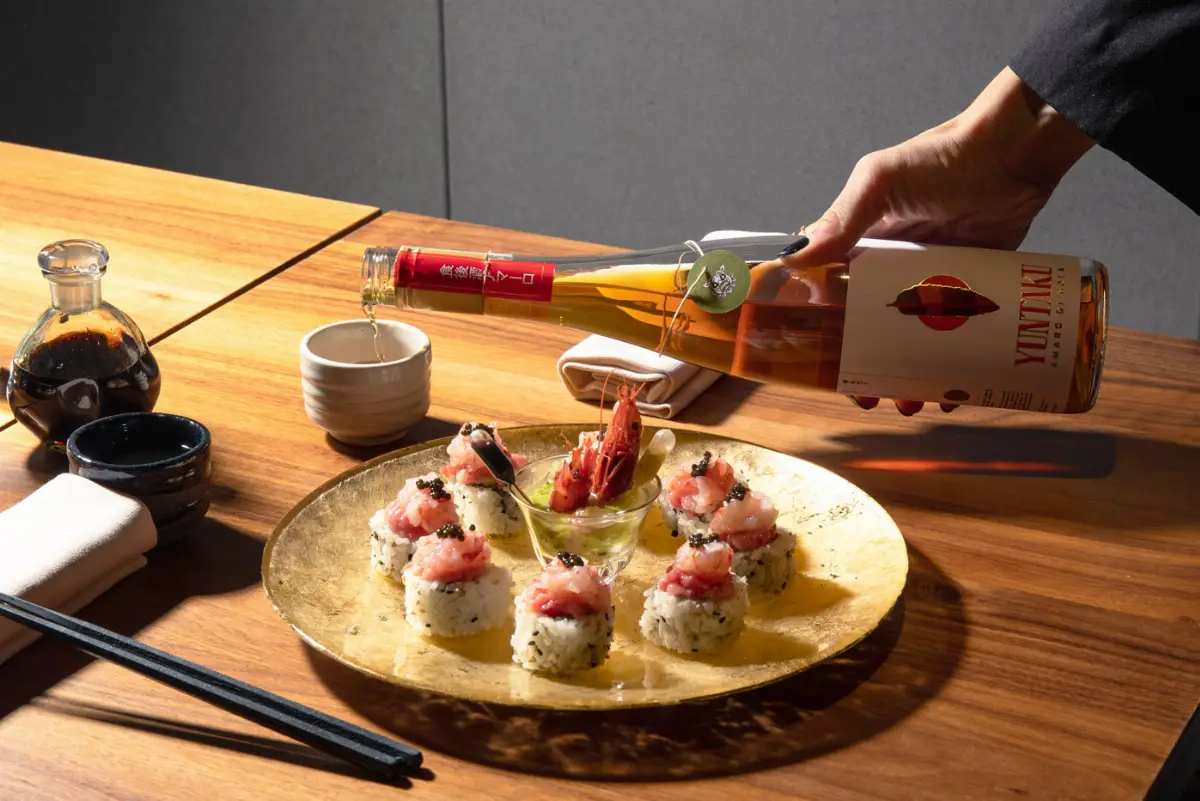
Do you want to access to this and other private contents?
Log in if you are a subscriber or click here to request service
What more do you want? A Yuntaku
Two Italians are the creators and producers of the first "ethnic" bitter of Japanese inspiration

It is the first bitter made with raw materials imported from Japan and then processed in Italy. It is called Yuntaku, a name that originates from the Japanese term meaning "chatter": a saying typical of the taverns of Okinawa, in which at the end of the dinner they used to shout, in fact, "yuntaku!" to start drinking and chatting among the guests. As for the new spirit, we are talking about the first...
fc - 36285
EFA News - European Food Agency
EFA News - European Food Agency